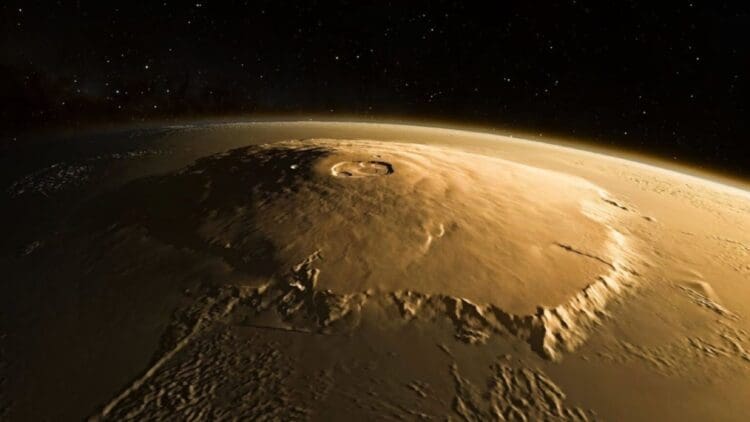Scientists have discovered a vast energy reservoir beneath one planet’s surface and the discovery of the geothermal reservoir beneath Martian surface could accelerate humanity’s efforts to colonize Mars. The heat source that reaches a temperature of thousands of degrees Celsius could enable future generations to live on Mars while simultaneously offering a long-term sustainable energy solution. High-resolution data gathered by NASA’s InSight lander confirms that Mars is able to retain a heat source in its crust and that it is possible to have a colony on Mars.
Understanding the energy availability on Mars
When it comes to determining if life can be sustained on a certain planet, energy availability on the planet is of most importance. On Mars, every watt could be indicative of the difference between life and death. The shocking fact is that there is energy on Mars that can be used for life support systems, transportation, heating, and food production. The average American household requires 10,900 kWh of power per year and colonies living on Mars will require more energy than that, especially when getting started on the planet with minimal infrastructure.
Elon Musk, part of SpaceX, is certain that to establish colonies on Mars, nothing is more vital than reliable energy sources.
How geothermal energy fits into the Mars equation?
Similarly to how it works on Earth, geothermal energy will work on Mars in the same way. Deep boreholes of the geothermal hotspots would be drilled into in order to release hot rocks or water. Liquid carbon dioxide would be pumped down. Thereafter, the liquid carbon dioxide would be heated and turned into water vapor. The vapor would be responsible for driving turbines, provoking these turbines to release energy.
The truth is that Mars’ environmental conditions enhance geothermal efficiency. Due to the low atmospheric preasure on Mars, more vapor is produced with the surface temperature on Mars doing wonders for the condensation of the working fluid and improving the cycle’s performance. On Mars, it will be possible to rely on CO₂ so the need to depend on water is fully eliminated.
Where can the geothermal advantage be noted on Mars?
While wind power, solar power, and nuclear power were all mentioned as possible sources of energy on Mars, geothermal energy was said to have considerable advantages. One advantage of geothermal power is that it is unaffected by the weather, so geothermal power has an advantage over solar power. There is also no need for highly sophisticated and refined materials that may be needed when it comes to solar panel manufacturing.
Geothermal energy should be considered when discussing Mars, especially since the Mars’ Ceberus Fossae region, the Tharsis volcanic plateau, and the canyons of Valles Marineris are also seen as geothermal hotspots. To get started with the drilling process, as little as 500 kilowatts of nuclear power is needed to sustain about 10,000 people on Mars.
Elon Musk said, “I can’t think of anything more exciting than going out there and being among the stars.” Are we just as excited by the possibility of being able to be part of the colony living on Mars? Already, NASA has discovered frozen life on Mars.
Martial survival a possibility if diverse energy sources are considered
Yes, geothermal energy has the potential to sustain life on Mars; however, survival on the planet will require a combination of energy sources. Wind turbines could be an essential source of power during dust storms. The wind turbines used must be those best suited for highly elevated and low-pressure environments. Solar panels, have already been tested on Mars, and offers another viable solution, especially when they are placed near the equator and contain proper battery backup.
According to Elon Musk, reaching the stars is a possibility if we build a better future and we can build a better future on Mars if we consider a variety of energy sources to sustain life on Mars. After all, it is confirmed that Mars holds liquid water and now NASA and the rest of the world knows whats hiding underneath.





